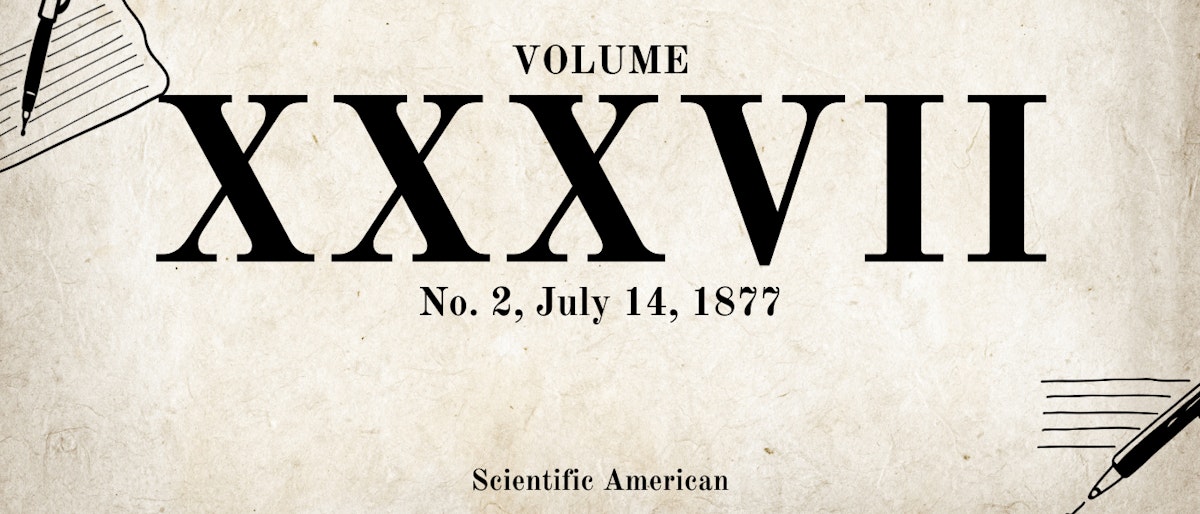Published at Nov 16, 2023 by scientificamerican
Sebastin—An Improved Explosive
Too Long; Didn't Read
In the manufacture of the explosive known as dynamite, an infusorial earth is used, which is filled with or made to absorb nitroglycerin. As compared with certain kinds of charcoal, however, the absorptive and retentive power of infusorial earth in small changes of temperature unfavorably affect the common dynamite, and cause a separation of the nitrogylcerin from the infusorial earth. The improvement we now refer to is the invention of G. Fahnehjelm, of Stockholm, Sweden, and consists in the substitution of a highly porous and absorptive species of wood charcoal, in place of the earth heretofore employed. The author designates his production as "sebastin," and gives a number of interesting particulars as follow: In order to produce a charcoal having the required quantities, the carbonization or coking must be done in such a manner as to completely destroy the organic substances, and to produce as porous a charcoal as possible. For this he selects by preference young trees or striplings or branches of poplar, hazelwood, or alder tree, and he burns them in an open fire. When the wood has been consumed he does not put out the fire by means of water, but leaves it to go out of itself. In this way he obtains a very inflammable and very porous charcoal, which can absorb more than five, and approaching six times its weight of nitroglycerin without any risk of the separation of the oil. The charcoal is pulverized in a wooden mortar, but it should not be reduced to too fine a powder, else it will not so completely absorb the nitroglycerin. The charcoal produced in the ordinary way, or by closed fire, is quite different as regards absorbing power. Charcoal of fir trees may, however, be used, and may acquire nearly the same qualities, that is, if charred a second time in a special oven.@scientificamerican
Scientific American Oldest US science mag (est. 1845). Features contributions from Einstein, Tesla & 150+ Nobel laureates.
Receive Stories from @scientificamerican
RELATED STORIES
L O A D I N G
. . . comments & more!
. . . comments & more!


